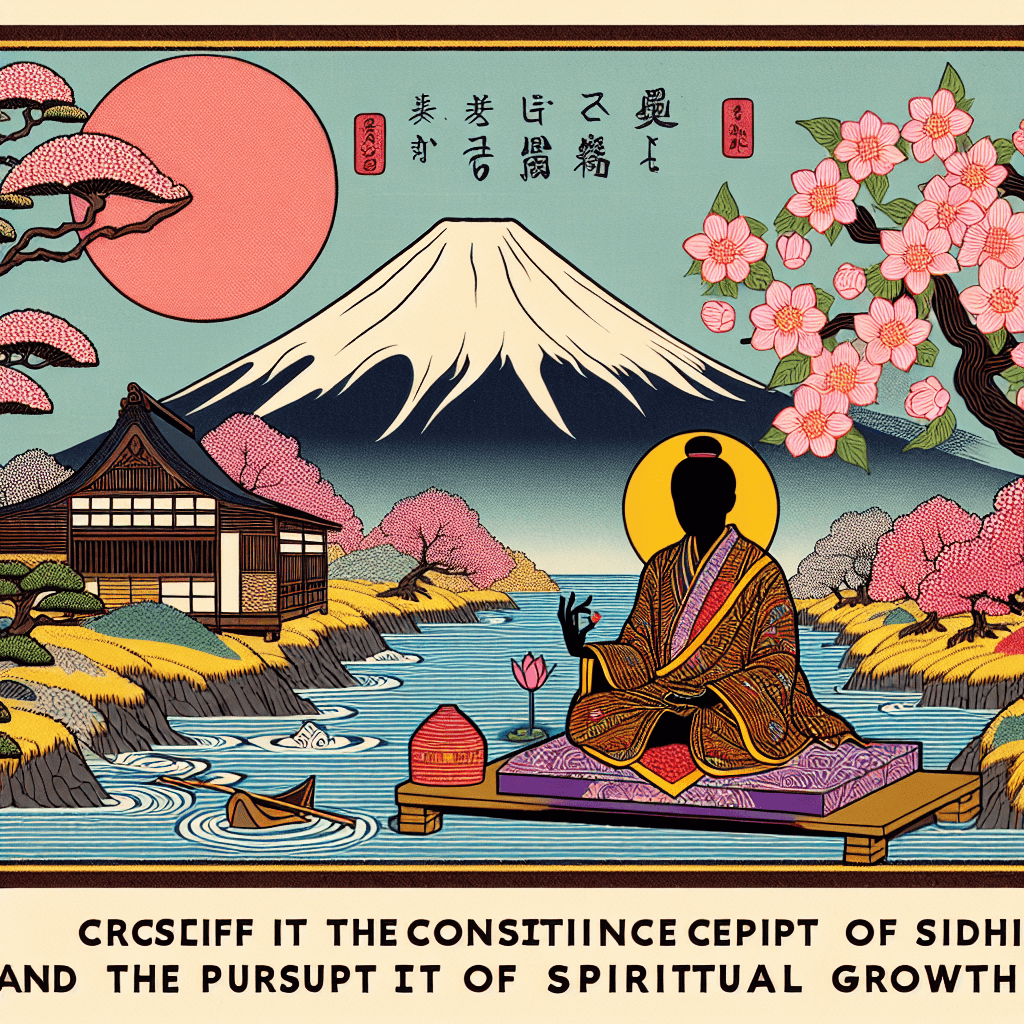Samadhi in Buddhism: A Tool Towards Nirvana
syndu | Oct. 28, 2023, 6:53 a.m.

Samadhi in Buddhism: A Tool Towards Nirvana
Introduction
Samadhi, a Sanskrit term that translates to "concentration" or "meditative absorption," is a crucial concept in Buddhism. It is part of the Noble Eightfold Path, the Buddha's prescription for liberation from suffering, and is seen as a tool towards achieving Nirvana. This blog post will explore the role of Samadhi in Buddhism and its significance in the journey towards enlightenment.
Understanding Samadhi
In Buddhism, Samadhi is the practice of focusing the mind and maintaining concentration on a single object. It is a state of deep tranquility where the mind becomes fully immersed and engaged in the chosen object of attention. Samadhi is not merely a state of concentration, but it is also a state of joy and happiness born of seclusion and cessation.
Samadhi in the Noble Eightfold Path
The Noble Eightfold Path, the Buddha's guide to achieving Nirvana, includes Right Concentration, also known as Samma Samadhi. This is the practice of focusing the mind on a single object, such as the breath, a mantra, or a visualization, and maintaining that focus for a period of time. This practice helps to calm the mind, eliminate distractions, and create conditions conducive to the arising of insight and wisdom.
"Samadhi is not an end in itself in Buddhism. Instead, it is a tool that aids in the attainment of Nirvana, the ultimate goal in Buddhism."
Samadhi as a Tool Towards Nirvana
The practice of Samadhi is not an end in itself in Buddhism. Instead, it is a tool that aids in the attainment of Nirvana, the ultimate goal in Buddhism. Nirvana is the state of liberation from the cycle of birth and death, characterized by the cessation of suffering and the realization of ultimate truth. By cultivating Samadhi, practitioners can develop the clarity and tranquility of mind necessary to penetrate the truths of existence and attain Nirvana.
Conclusion
Samadhi in Buddhism is more than just a practice of concentration. It is a profound tool that facilitates the journey towards Nirvana, enabling practitioners to cultivate a calm and focused mind capable of penetrating the deepest truths of existence. As such, it holds a significant place in the Buddhist tradition and continues to be a vital practice for Buddhists worldwide.








